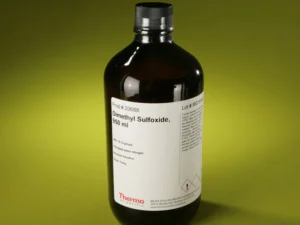Description
Propylene Glycol: A Versatile Chemical with a Wide Range of Applications
Propylene glycol (PG), a synthetic liquid substance, is a common ingredient found in a surprising array of products, from foods and cosmetics to pharmaceuticals and industrial applications. While the name might sound daunting, it’s generally recognized as safe by regulatory bodies when used appropriately. This article delves into the properties, uses, and safety considerations surrounding this versatile chemical.
What is Propylene Glycol?
Propylene glycol is a colorless, odorless, and slightly viscous liquid with a sweet taste. Chemically, it’s an organic compound belonging to the alcohol family, but unlike ethyl alcohol (the alcohol in alcoholic beverages), it’s non-intoxicating. It’s produced through the chemical reaction of propylene oxide.
Why is Propylene Glycol so Popular?
Its popularity stems from its unique combination of properties:
- Hygroscopic: Propylene glycol readily absorbs moisture from the air, making it a useful humectant (moisturizer).
- Solvent: It’s an excellent solvent for a wide range of substances, including flavors, fragrances, and pharmaceutical ingredients.
- Antifreeze: It lowers the freezing point of water, making it suitable for antifreeze applications.
- Stabilizer: It helps maintain the consistency and texture of certain products.
A Spectrum of Applications:
These properties make propylene glycol valuable across various industries:
- Food Industry: Used as a solvent for food colorings and flavorings, a humectant to keep foods moist, and as an ingredient in certain food products like cake mixes and candies.
- Cosmetics and Personal Care: Found in moisturizers, lotions, shampoos, conditioners, and makeup as a humectant and solvent.
- Pharmaceuticals: Used as a solvent in oral, topical, and injectable drugs, and as a humectant in creams and ointments.
- Industrial Applications: Employed as an antifreeze in machinery and plumbing systems, a component in hydraulic fluids, and as a starting material for the production of other chemicals.
- Electronic Cigarettes (Vaping): A key component in e-liquids, where it acts as a vapor carrier.
Is Propylene Glycol Safe?
The safety of propylene glycol has been extensively studied. Regulatory bodies like the FDA (Food and Drug Administration) and the World Health Organization (WHO) generally consider it safe for use in food, cosmetics, and pharmaceuticals when used at appropriate levels.
However, it’s important to note:
- Allergic Reactions: While rare, some individuals may experience allergic reactions to propylene glycol, manifesting as skin irritation, rash, or even systemic symptoms.
- High Concentrations: Exposure to very high concentrations of propylene glycol, particularly through industrial accidents, can lead to health problems.
- Propylene Glycol vs. Ethylene Glycol: It’s crucial to distinguish propylene glycol from ethylene glycol, which is a highly toxic substance also used as antifreeze. The two are chemically different and have vastly different safety profiles. Ethylene glycol is not safe for human consumption.
Conclusion:
Propylene glycol is a versatile and widely used chemical with a range of applications across various industries. Its hygroscopic properties, solvent capabilities, and antifreeze characteristics make it a valuable ingredient in food, cosmetics, pharmaceuticals, and industrial products. While generally recognized as safe by regulatory bodies, it’s essential to be aware of potential allergic reactions and to differentiate it from the highly toxic ethylene glycol. Understanding the properties and uses of propylene glycol allows for informed decisions regarding its application and consumption.















Reviews
There are no reviews yet.